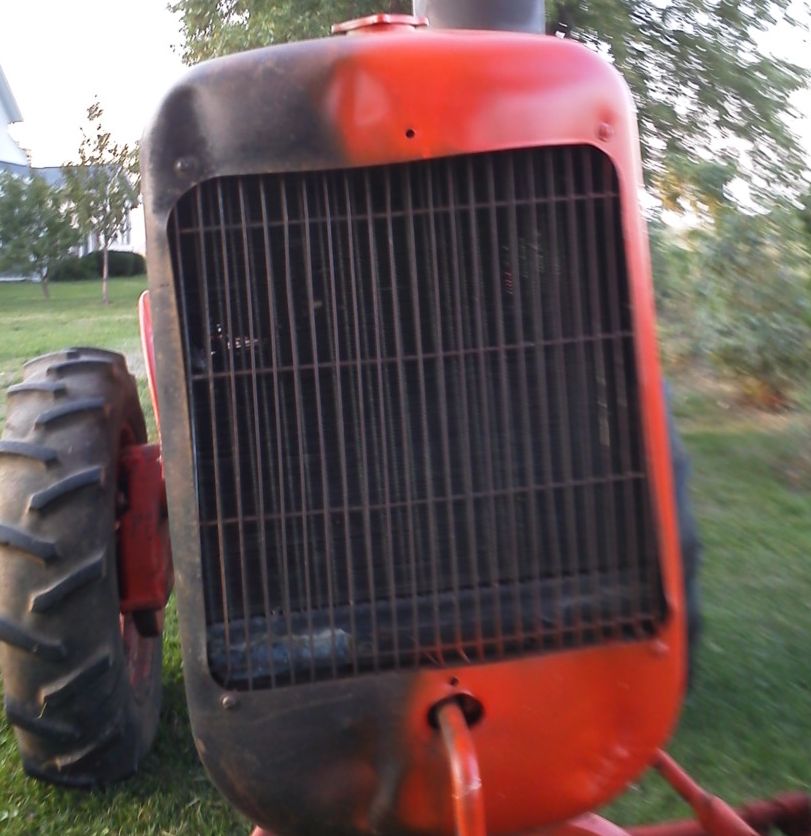|
That point is incredibly true... One very sharp point of the Combined Gas Law is Temperature.
Pressure, Volume, Temperature.
Temperature equalization is critical in pneumatic (any gaseous, actually).
It also has an incredible impact on efficiency of hydraulic systems when aeration occurs. When teaching fluid power basics, I covered Boyle's Law (and further, Combined Gas Law), and it wasn't until the P*V/T relationship was well understood, that my students fully grasped the nature of ACCUMULATORS.
I'd demonstrate it by discharging hydraulic pressure from a 5L accumulator who's initial pressure was 120bar. After discharge, I'd release the discharge valve, and leave a pressure gauge on the accumulator output. After about a minute, the gauge would creep back up to about 10bar... which would surprise and amaze those that DIDN'T fully grasp what was happening, but the reality was simple:
Accumulator charged with dry nitrogen to 5bar empty, would result in a full accumulator pressure of 120ish. Under full pressure, heat from the compression would exit through the accumulator shell, and eventually equalize to ambient temp.
Upon discharge, the nitrogen expands, and in doing so, relative heat drops, and although accumulator output has been fully discharged, the nitrogen gas is colder than ambient. Upon closing the release valve, a tiny bit of fluid is still sitting in the bottom of the accumulator, and the nitrogen is slowly absorbing ambient heat, thus, expanding. Eventually, the accumulator becomes thermally stable, but now the gauge indicates pressure...
Fun demonstration. Sure helps guys understand the accumulator, both for safety's sake AND troubleshooting.
It gets REALLY fun when you have aerated hydraulic fluid... big bubbles go into the pump, which mashes 'em way down, hence, temperature of the gas bubble is now incredibly high, frequently causing a micro-fire (diesel effect) on the fluid, coking the fluid, and causing the heat exchanger temperatures to skyrocket. Pump expands, valves expand, and hydraulic seals start leaking, pump wear plates get eaten up, followed by general maelstrom, wailing, and gnashing-of-teeth...
Very often, hydraulic systems that've become aerated 'belch' strawberry milkshake froth all over, making the technician THINK that the system has been overfilled. Bubbles get sucked back into the pump, making the situation even worse, in a never-ending cycle.
and all I say is "Slow everything WAY, WAY down, lower the pressures,
and let the bubbles work their way out... be patient, and get the fill
levels right...". How's the line fromt the CARS movie? Low... and Slow...
|









 Topic Options
Topic Options


 Post Options
Post Options Thanks(0)
Thanks(0)


